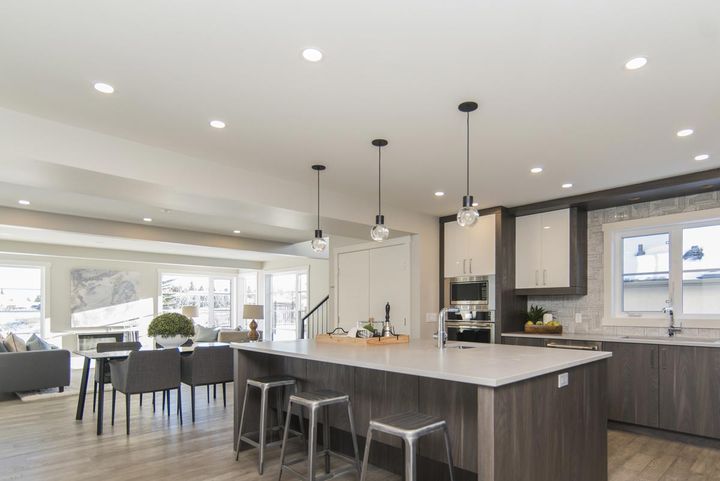LED Lighting For Shopping

You can enhance your customer's shopping experience by having the right LED lighting in your store. Let's go over the benefits and what types of lighting will work best (especially now that the holiday season is almost upon us).
The long-term energy and replacement costs make the upfront cost of replacing your current lighting to LED lighting well worth it. When you invest in LED lighting, instead of the more traditional lighting, the cost is less in the long run since LED light bulbs and fixtures consume less power and can last years longer.
Be sure to buy your LED bulbs in batches. You want to be consistent in the color temperatures and tone, so buying in bulk now will better ensure a continuous white light throughout your store. LEDs are also a great way to cut down the heat emitted from light fixtures. Hotter bulbs, such as halogens and incandescent, can cause the color of products they are over to fade. Make sure the lighting you choose has a high color rending index (CRI) of at least 90, so colors are portrayed accurately.
Dimmer switches are also a sound investment since they let you better control the light output in your store. Dimming the lights not only decreases energy usage, but can also greatly influence the atmosphere. This control is especially useful in high-end stores that use softer and dimming lights.
So, now that we know what the benefits of LED lighting are for your store, let's go over what types of lighting you'll need. Decorative fixtures are a good place to start. They are meant to be seen and make a statement, so place them in prominent, focal points like a window display to grab customer's attention before they even walk inside. The front entrance sets the mood and tone of your store as customers enter. Light sources should be placed above eye-level on walls to add a little up-lighting that doesn't cause glare.
Your next step, and the most important one, is adding the accent lighting. These fixtures are meant to illuminate and highlight your key displays. For permanent displays that do not move around much, recessed can lights are a good choice. Recessed lighting blends into the ceiling so you won't need to worry too much about it clashing with the décor and provides a focused, bright light. If your displays tend to be more mobile, then track lights may be more suitable. Track lighting has adjustable lamp heads allowing you to adjust the angle and position of the light to provide an attractive display. This type of fixture will need more consideration so that it fits your store's theme. Accent lighting can also include lightbars or strip lights for glass display cases, if they aren't already built-in.
Once all the decorative and accent lighting is taken care of, it's time to decide where your store needs extra task-oriented lighting. The most common places for task lighting include fixtures pointed at window signs so your sales are clearly visible, above the register so employees aren't struggling to see purchase totals, and in dressing rooms so your customers can tell if a dress is black or navy.
And although this seems backwards, the last type of lighting needed when planning your store's needs is the general or ambient lighting. If this step is done first, you run the risk of over-illuminating and then you'll need to start over again. General lighting fixtures should just be used to fill in dark spots around your store. This is more important when using recessed can lights as your main source of illumination. If using larger LED panels or troffers , you can get away with more space between them. A quick tip for ambient lighting is to add wherever there's more than 6 feet between light fixtures.
Check back to see new articles and guides, or feel free to click another article to experience more great insights and advice.



